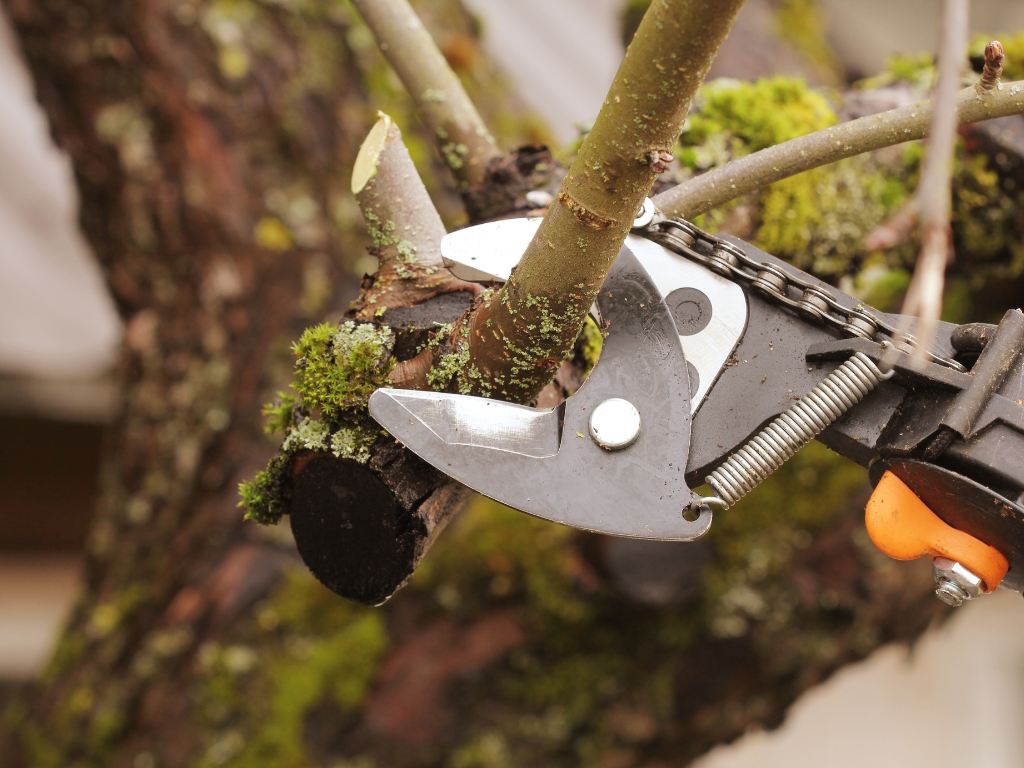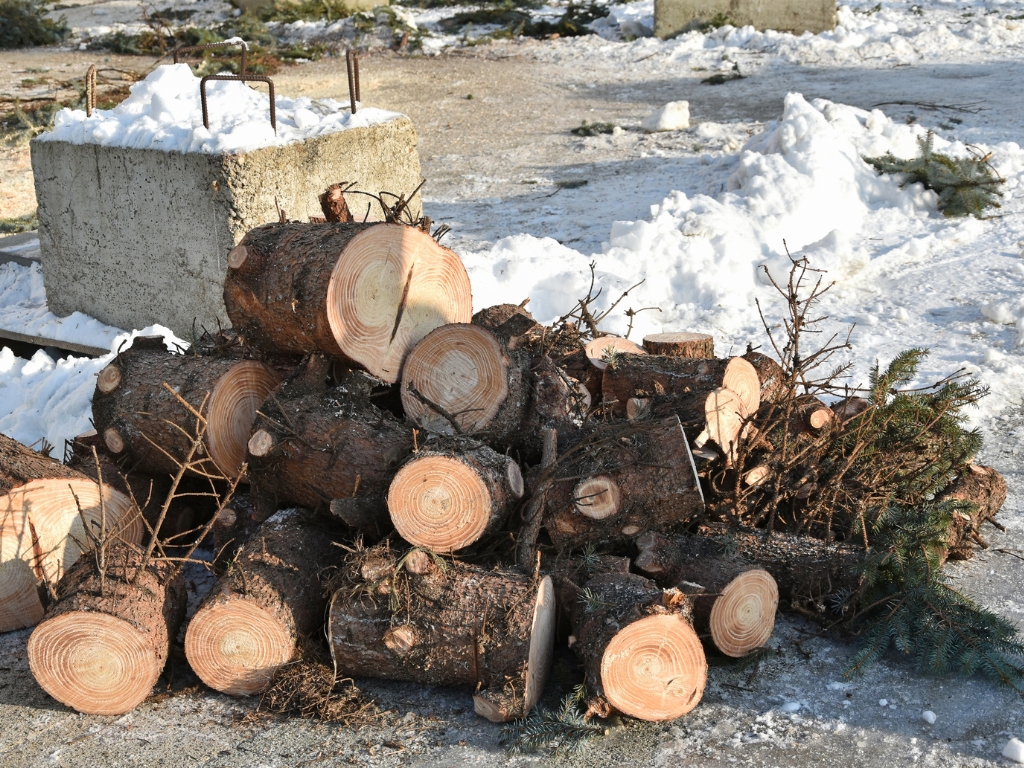The unpredictable nature of weather patterns, combined with external factors like construction or the aging of fruit trees, can lead to the sudden fall of trees, including the sudden tree fall of a dead tree. This not only poses a threat to personal property and public infrastructure but also presents imminent dangers to human life.
A fallen tree, whether it’s a fruit tree or a palm tree, is a clear and immediate emergency, especially in urban settings, and it demands prompt attention. Understanding the crucial aspects of emergency tree care can go a long way in ensuring safety, preventing further damage, and facilitating efficient tree removal or treatment.
Tree service blogs often emphasize the gravity of such situations, explaining that addressing fallen trees, even tree stumps from dead trees, urgently ensures public safety, protecting property, and preserving the surrounding environment. Here’s a comprehensive guide to what one should know about fallen trees and their care.
The Urgency of Addressing Fallen Trees
The aftermath of a tree’s descent, whether from fruit trees, palm trees, or even a dead tree, is more than just a visual disturbance. It ushers in a set of urgent issues that, if neglected, can magnify in severity, affecting both human life and infrastructure. Understanding these implications is paramount to effectively navigate the hazards they present.
- Immediate Threat to Safety
When trees succumb, particularly during volatile weather conditions like storms or gusty winds, the consequences are multifaceted. These fallen giants can obstruct thoroughfares, pose direct threats to pedestrians, and even become catastrophic by toppling onto moving vehicles or residential structures.
Such instances underscore the sheer unpredictability and potential danger inherent in these situations. The numerous benefits of tree risk assessment prior to such incidents become evident.
- Potential Electrical Hazards
Trees and electricity are a perilous combination. Should a palm tree or any tree intersect with power lines, it paves the way for grave outcomes. Not only can it instigate electrical fires, but it also lays the groundwork for possible electrocution, making immediate intervention imperative.
- Further Damage Potential
A tree that has already met the ground, even a tree stump from a dead tree, remains a lingering threat. When not promptly addressed, especially in the face of inclement weather, it can amplify property damage.
Roofs, fences, and other structures stand vulnerable to its weight and the elements it might bring with it. The urgency of managing tree fall events and removing tree stumps is undebatable.
The Environmental Impact of Fallen Trees
Beyond the immediate physical concerns posed by fallen trees, including dead trees and palm trees, there’s an ecological narrative that often goes unnoticed. These natural entities, even tree stumps, play pivotal roles in our environment, and their absence or degradation resonates through the ecosystem in various ways.
- Ecosystem Disruption
Trees, from fruit trees to palm trees, are more than just towering wooden structures; they’re sanctuaries for myriad species. When one crashes down, it destabilizes these habitats. Birds, insects, and smaller fauna lose their homes, which can result in imbalances in local biodiversity and disrupt the natural order of the ecosystem.
- Decomposition
Nature has its own cleanup crew, but the decomposition process of trees, especially dead trees in urban settings, can present unique challenges. A decaying tree stump becomes a magnet for pests, fungi, and diseases.
Over time, this not only deteriorates the quality of surrounding soil but can also pose health risks to nearby flora and even residents. Tree trimming can sometimes mitigate such risks by removing unhealthy sections of trees before they decay.
- Repurposing Wood
In the wake of a tree’s fall, there’s an opportunity to turn adversity into advantage. Whether transformed into artisan furniture, converted to firewood, or shredded into mulch, these measures exemplify a sustainable approach, emphasizing the principle of reuse and recycle. Trees, even in their fallen state, exert considerable influence on the environment.
Recognizing and responding to the ecological implications, from habitat disruptions to sustainable repurposing, is instrumental in fostering a harmonious balance between urban settings and the natural world.
What To Do With A Fallen Tree
Navigating the immediate aftermath of a tree’s descent requires a combination of prudence and procedure. While the sight of a mighty tree on the ground can be jarring, it’s essential to prioritize certain actions to ensure safety, proper documentation, and effective resolution.
- Stay Safe
The paramount concern when confronted with a fallen tree is personal safety. It’s easy to underestimate the dangers, but one must be cautious, particularly if the tree is precariously positioned or entangled with electrical lines. In such high-risk situations, the best course of action is to maintain distance and seek professional intervention.
- Document the Damage
In today’s digital age, documentation is a breeze, but its importance in this context cannot be understated. Snapping clear photos of the downed tree and any resulting damage can prove invaluable. This visual evidence aids in insurance claims and serves as a record for any potential disputes or assessments.
- Contact Professionals
Dealing with a toppled tree isn’t a DIY project. The complexity and risk associated with tree removal mandate the involvement of professionals. Expert tree services possess the equipment, knowledge, and training to handle the situation safely and efficiently.
- Notify Relevant Authorities
In many urban areas, fallen trees on public property or obstructing public infrastructure warrant immediate notification to city or municipal authorities. This ensures that any potential disruptions to traffic or public services are swiftly addressed, and it also aids in coordinating a more extensive response if required.
- Assess Surrounding Trees
A fallen tree might be a harbinger of potential threats from nearby trees. It’s prudent to assess the health and stability of surrounding trees, especially if the initial fall was due to disease or pest infestation. This proactive step can preempt further mishaps and underline areas that might need attention.
Reacting to a fallen tree involves more than just addressing the immediate concern. From prioritizing personal safety to liaising with professionals and gauging the larger environmental context, a systematic and informed approach ensures that both immediate and long-term implications are adeptly managed.
Regular Maintenance to Prevent Falls
While the sudden fall of a tree can be unpredictable, regular and proactive tree care can mitigate many potential risks. Being preemptive in tree care is not just an act of preservation but also a crucial step in averting avoidable catastrophes.
- Regular Inspection
Trees, like all living entities, go through phases of growth, maturity, and decline. Especially as they age or exhibit symptoms of disease, having them assessed by professionals becomes paramount. Regular inspections can unveil underlying problems, ensuring timely interventions and prolonging the tree’s health.
- Pruning
Nature has its rhythm, but occasionally, human intervention, in the form of pruning, is beneficial. Regular pruning eliminates dead or weak branches, reducing the risk of them breaking off unexpectedly. Furthermore, it ensures a balanced structure, preventing the tree from becoming top-heavy and more susceptible to toppling during adverse conditions.
- Disease Control
Trees are not immune to illnesses. Signs of decay, fungal growth, or other diseases can compromise their structural integrity. By recognizing and treating these issues promptly, one can significantly extend the tree’s lifespan and prevent premature falls.
Routine tree maintenance isn’t just about keeping trees aesthetically pleasing. It’s a concerted effort to uphold their health, ensure their longevity, and safeguard the surroundings from potential dangers. Embracing a preventive approach, as advocated by many tree service blogs, can save both trees and potential future troubles.
How To Choose a Reliable Tree Service
When the need arises to seek professional intervention for trees, the choice of service is pivotal. Not all tree services are created equal, and the difference often lies in their experience, legitimacy, and reputation. Making an informed decision can be the difference between a job well done and a potential disaster.
- Experience
A company’s track record speaks volumes. Choosing tree services with extensive experience ensures that they have faced a myriad of situations and honed their skills over time. Their history in the field is a testament to their expertise and capability to handle various tree-related challenges.
- Licenses and Insurance
In the realm of tree care, unforeseen incidents can occur. Ensuring that a tree service company is licensed guarantees a level of professionalism and adherence to industry standards. Furthermore, having adequate insurance protects homeowners and property managers from potential liabilities should accidents happen.
- Recommendations
Word of mouth and testimonials offer authentic glimpses into a company’s caliber. Positive reviews and recommendations from past clients can be a reliable metric for gauging their reliability and efficiency. Tree service blogs, community forums, and local groups often serve as treasure troves of valuable insights and experiences shared by individuals.
Selecting a tree service isn’t a decision to be taken lightly. The health of trees, the safety of the surroundings, and the financial implications all hinge on this choice. Armed with the right criteria—experience, credentials, and commendations—one can navigate this decision confidently and secure the best care for their arboreal companions.
The Bottom Line
The unexpected fall of a tree, while naturally occurring, brings with it a host of concerns. From immediate dangers to longer-term environmental impacts, understanding the significance and response to these situations is vital.
As reiterated by tree service blogs, proactive maintenance, quick response, and relying on professionals, such as Spear Bro’s Tree Service, are the pillars of managing and mitigating the challenges posed by fallen trees.





